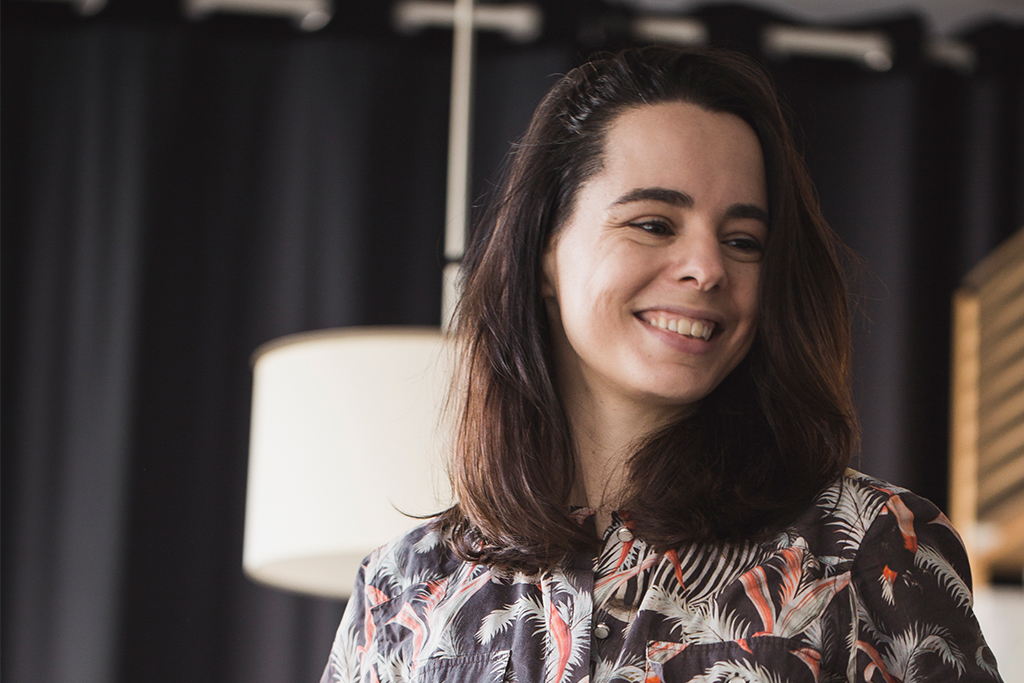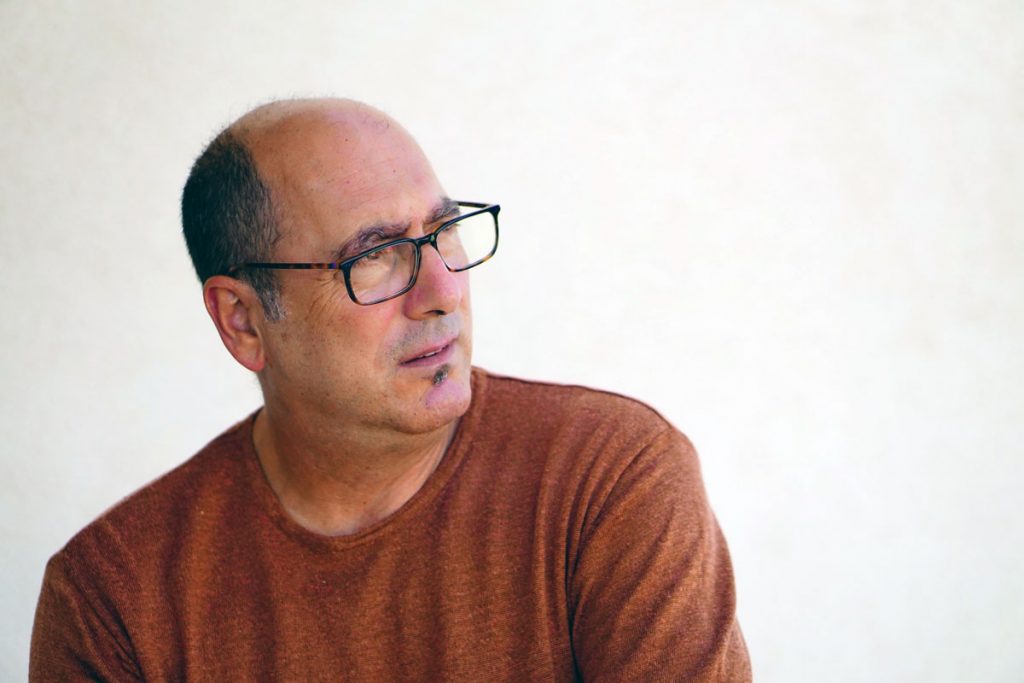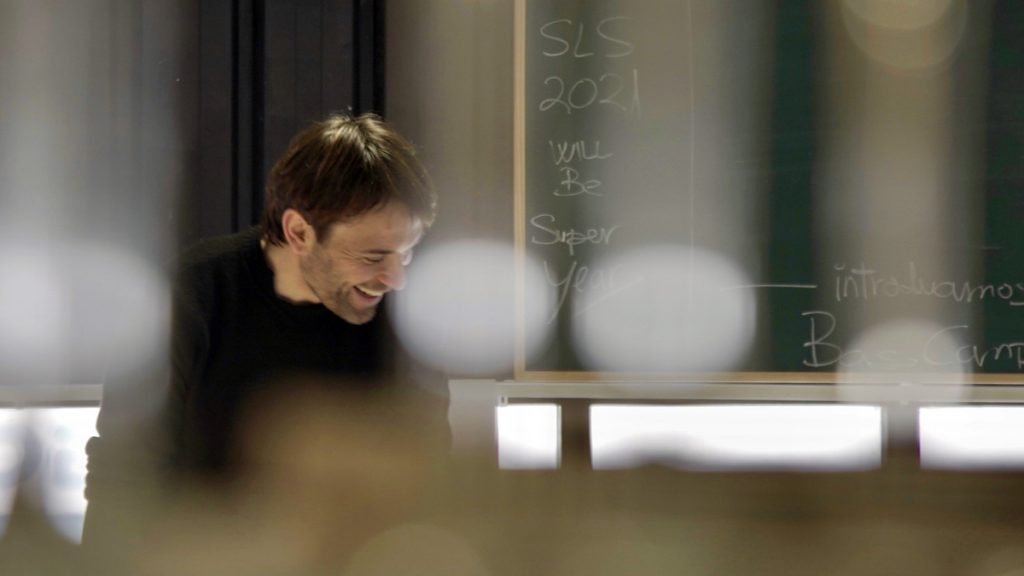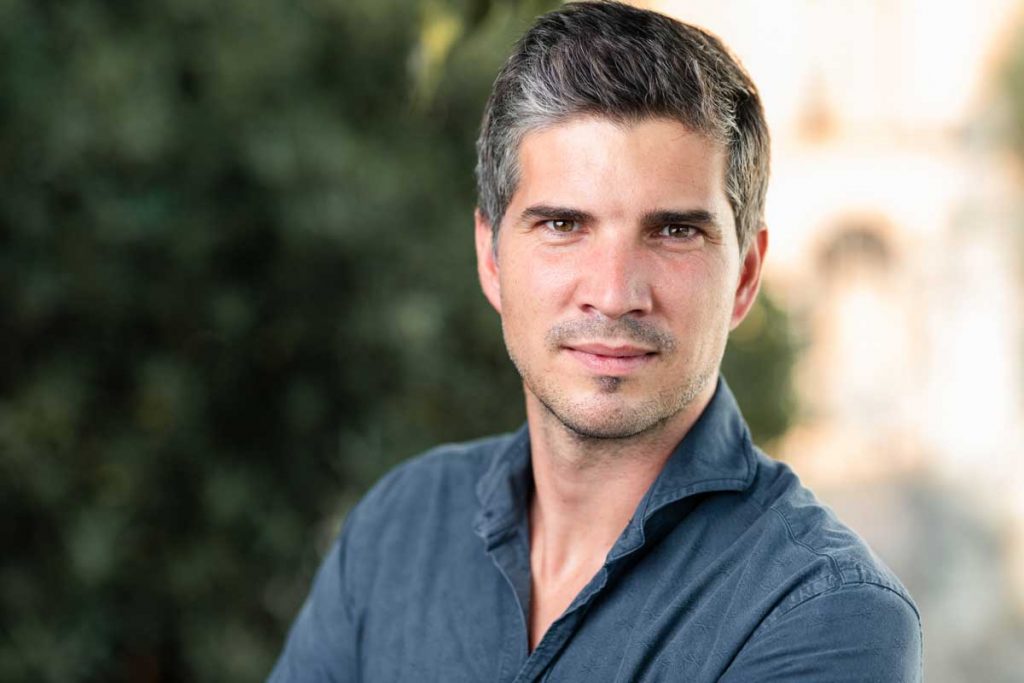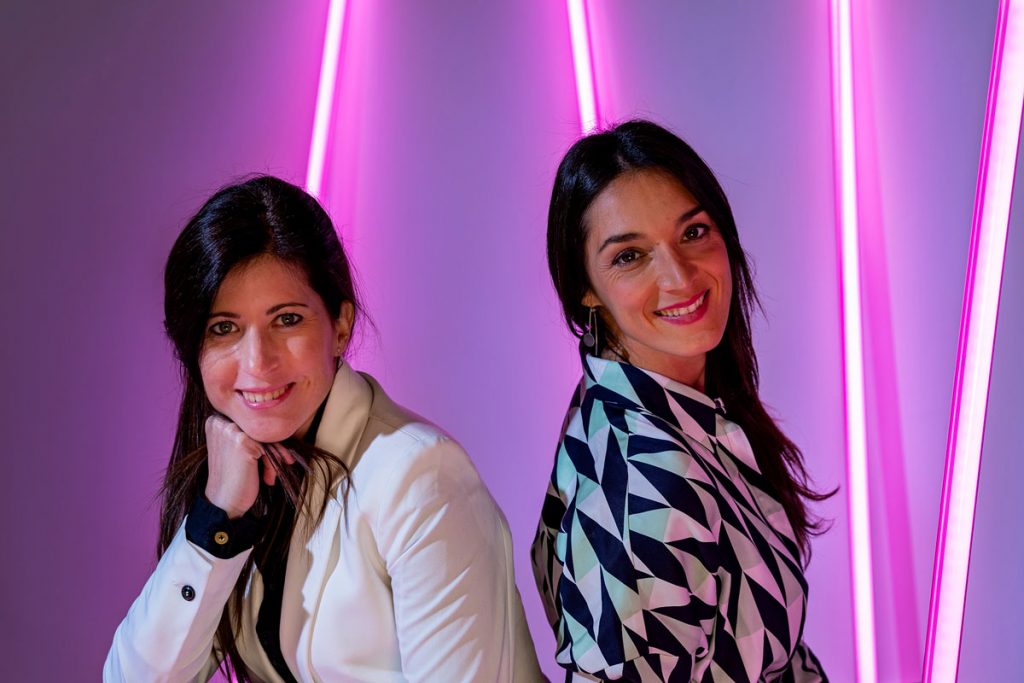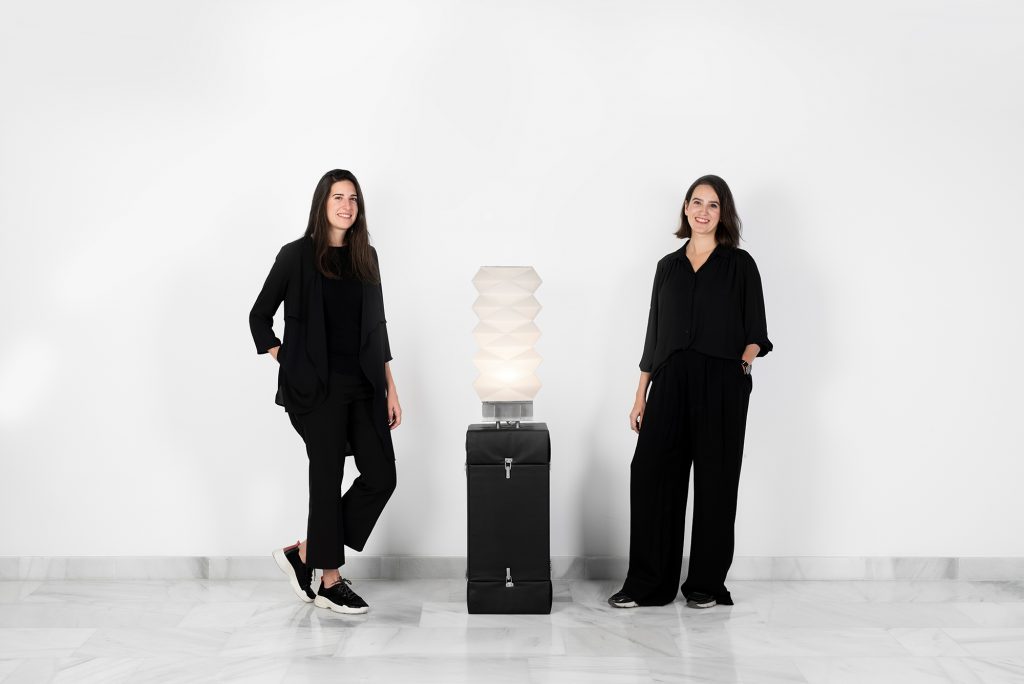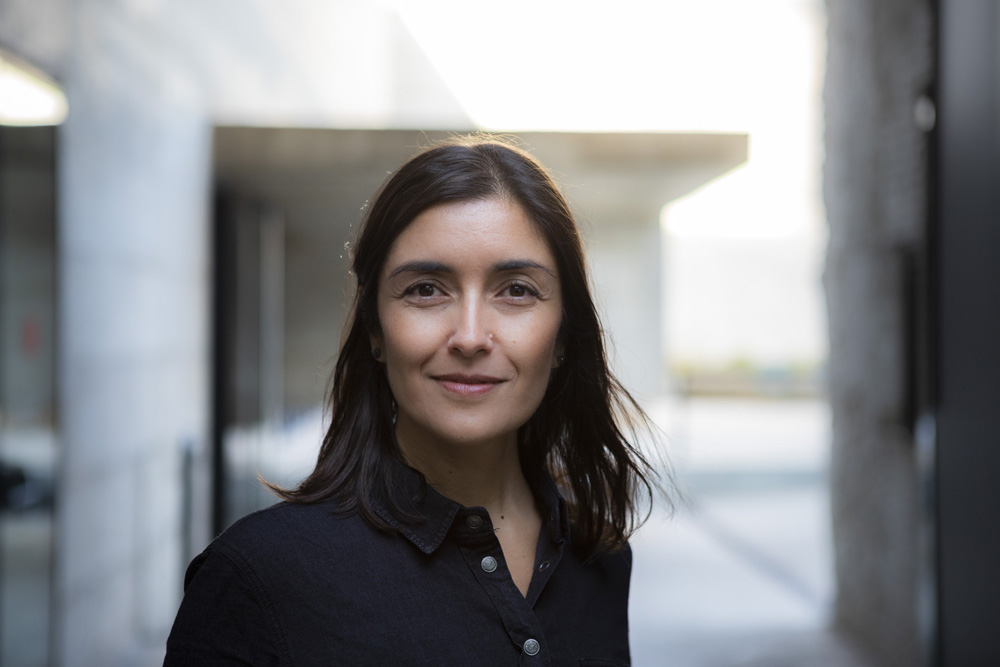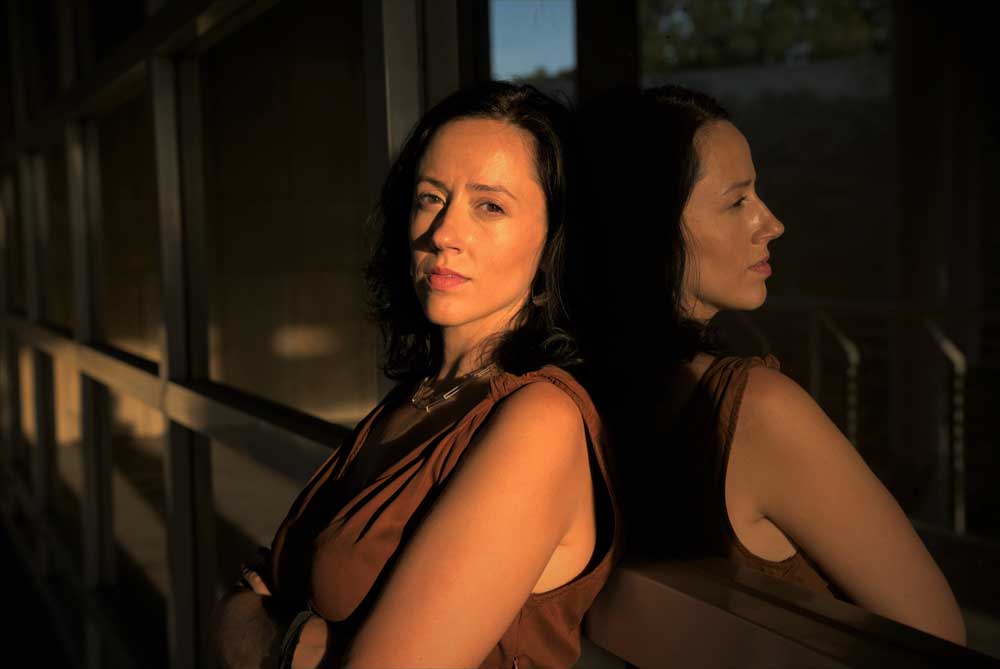
A lover of light as a catalyser of human perception and fascinated by the endless possibilities that technology brings to the creation of spaces, Barbara Rodriguez Pando, along with the studio, Lighting Design Collective is looking to invent new settings that stimulate our senses. The projects developed thus far bear witness to her ability to imagine dynamic settings that move between the physical and digital worlds.
You’ve been a member of the Lighting Design Collective team for six years. What sorts of projects does LDC carry out and what is your specific job as Senior Lighting Designer?
We work on a wide range of projects of diverse scales, including hotels, town development plans, restaurants, offices, small art pieces for residential developments, media façades, landscaping projects, infrastructures like bridges and tunnels, museums and exhibitions, and shopping centres. My job is to carry the projects from concept development to implementation. I play a creative role in developing the vision of the project, and I am responsible for delivery and quality control, as well as client-related tasks. Yet the most important task of all is identifying the role of lighting and the added value that it can bring to each individual project.
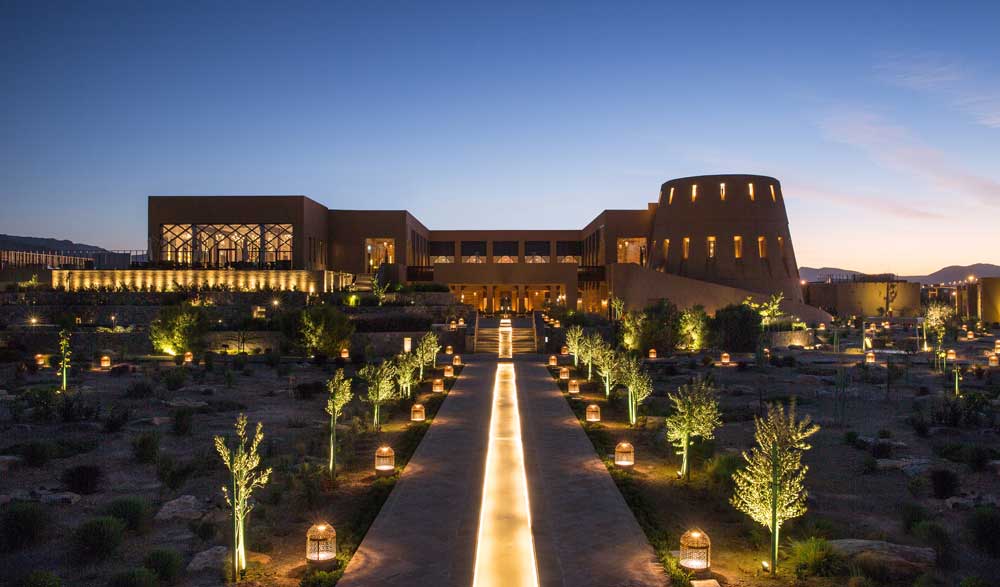
LDC’s slogan is “We design dynamic environments”. In your opinion, what can dynamic lighting bring to architecture and constructed environments?
Ever since architecture has existed, it has been bathed in the powerful and dynamic light of the sun. Natural light varies immensely in both its day-and-night cycle and its annual cycle. We all yearn for the incredible sight of a sunset when we haven’t seen one in a while. For example, the shimmers and reflections of light in contact with water have been used for centuries to enhance town squares and courtyards. In fact, static and constant light is the most antinatural thing for humans. Dynamism is a very effective quality to call our attention while we are perceiving a space. Today, we have tools that enable that dynamism to provide meaning to a place or transmit an idea through real-time data-driven parameters, and we can even interact with our environment and its variability.

Many people associate dynamic light with the creation of experiences. Do the new times call for a more communicative architecture that causes memorable experiences in people?
I’d say that the new times are bringing us new technologies that enable us to bridge the gap between the physical and digital worlds, creating a phigital environment. When we conjure up a memory of a place, we get the feeling of having had an experience there. We can peel our eyes away from the small screens of our mobile phones and once again feel our environment and connect with it directly. A moment of beauty or fascination is a powerful marketing tool, and it can also serve as a channel to convey an idea and connect people with one another and with a place.
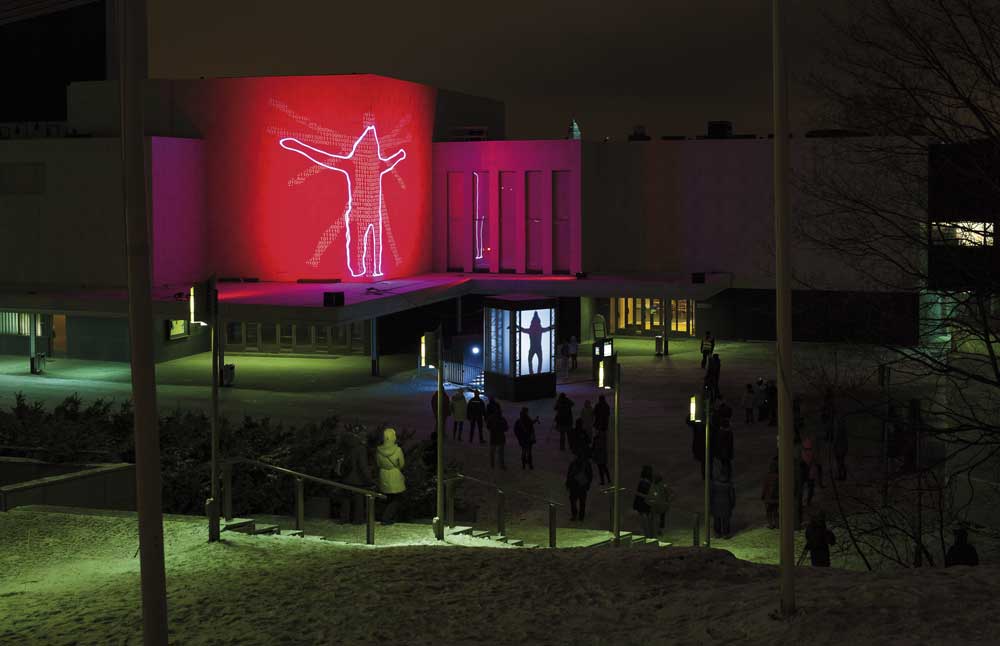
Lighting events and festivals are becoming increasingly trendy. Is Light Art another of your specialities?
LDC participated in Lux Helsinki and the Durham festival with the piece Anonymous, where the visitors had a cabin equipped with an open microphone that allowed them to express themselves freely and cause changes in their setting through their silhouette, which was warped by their voice and other layers of lighting. LDC has also created different digital art pieces that are now permanent installations, projects that are totally unrelated to any festival. It is in those projects that lighting becomes a layer absorbed in the architecture of a place, generating its identity.
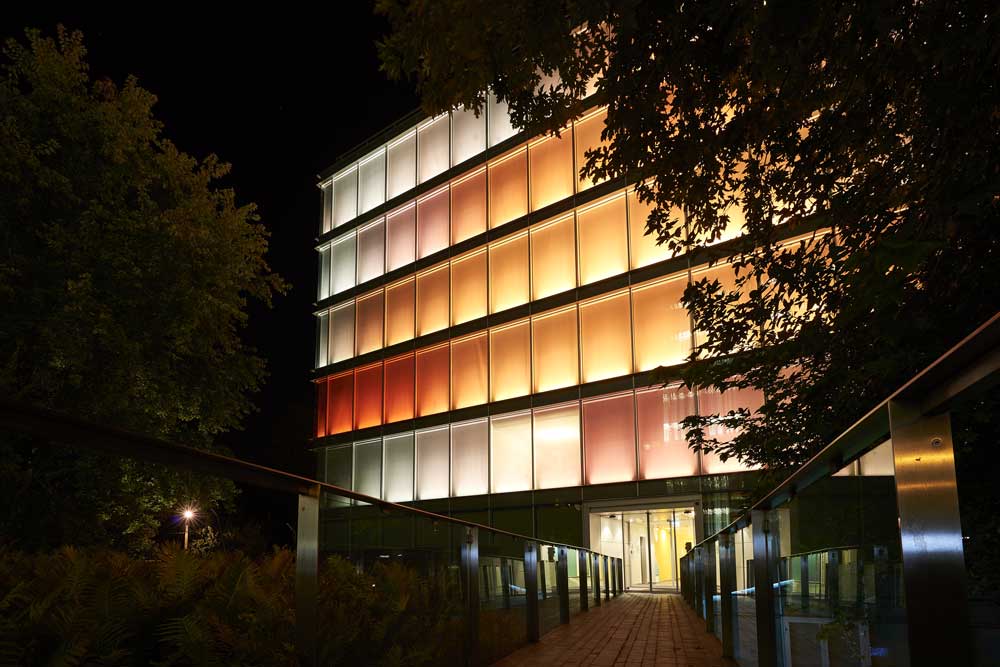
Developing digital dynamic light projects requires a vast knowledge and understanding of technology in terms of software, programming, digital arts and the like. How does LDC develop its projects? Do you have a multidisciplinary team or do you outsource those services?
Because each project is unique, the teams that work on them are also unique. In the early brainstorming phases, we have ReVR depict complex lighting scenes through image, virtual reality, animations and applications. This helps to ensure that all the agents involved in the project have in mind a shared goal to work towards. ReVR works independently, meaning that they work with LDC and with other design offices. To make dynamic environments a reality, we have Skandal Tech. They act as an integrator for the client, so they provide the control system, which includes software, hardware and services like implementation, devices such as sensors, network systems and specialised lighting. Poet software enables us to design the contents based on parameters that we can link to real-time data or system inputs.
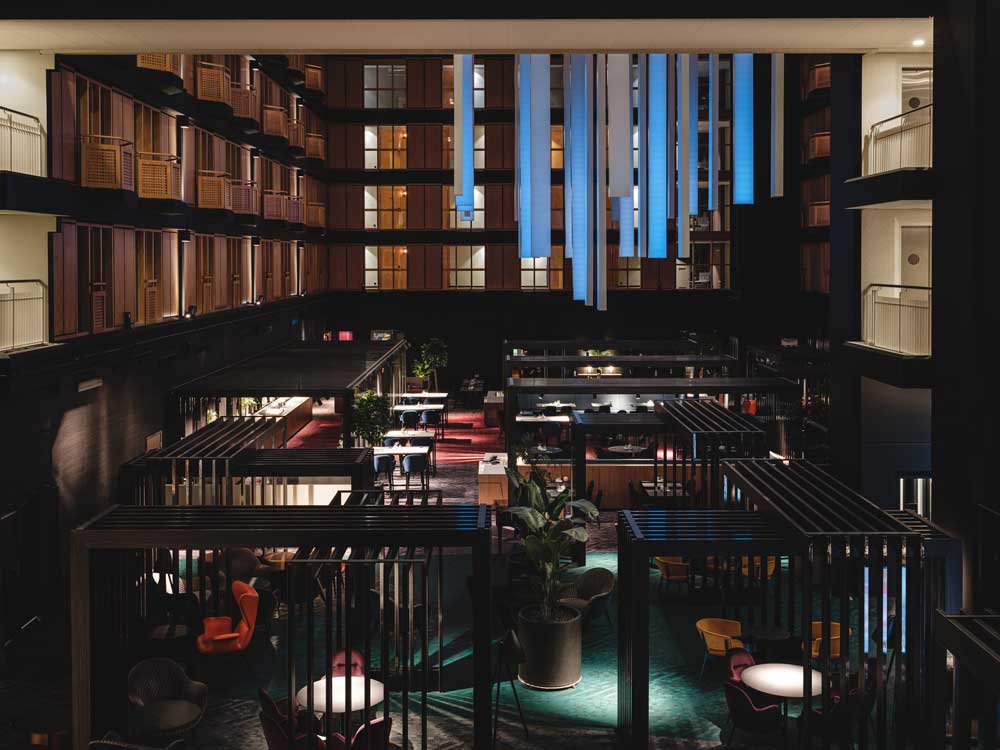
Can you name one project that you’ve worked on that has been especially rewarding or challenging for you?
The Gothenburg Radisson Blu project required the refurbishment of a building from the 1980s, with a large covered atrium that many of the rooms looked out over. The atrium was the heart of the hotel. The natural lighting at those latitudes is insufficient on winter afternoons. For this reason, we designed a suspended lighting structure corresponding in size to the large scale of the space, serving as a sort of ambient communicator. The structure generates brightness through soft movements of light patterns, forming an abstract sky that changes thanks to real-time weather data. If the space is used for an event, the lighting is personalised with the desired colours. To get an intervention that becomes part of the setting rather than just serving as an ornamental figure, we dared to dream big in terms of scale and worked to maintain a very simple shape in the design of the object.
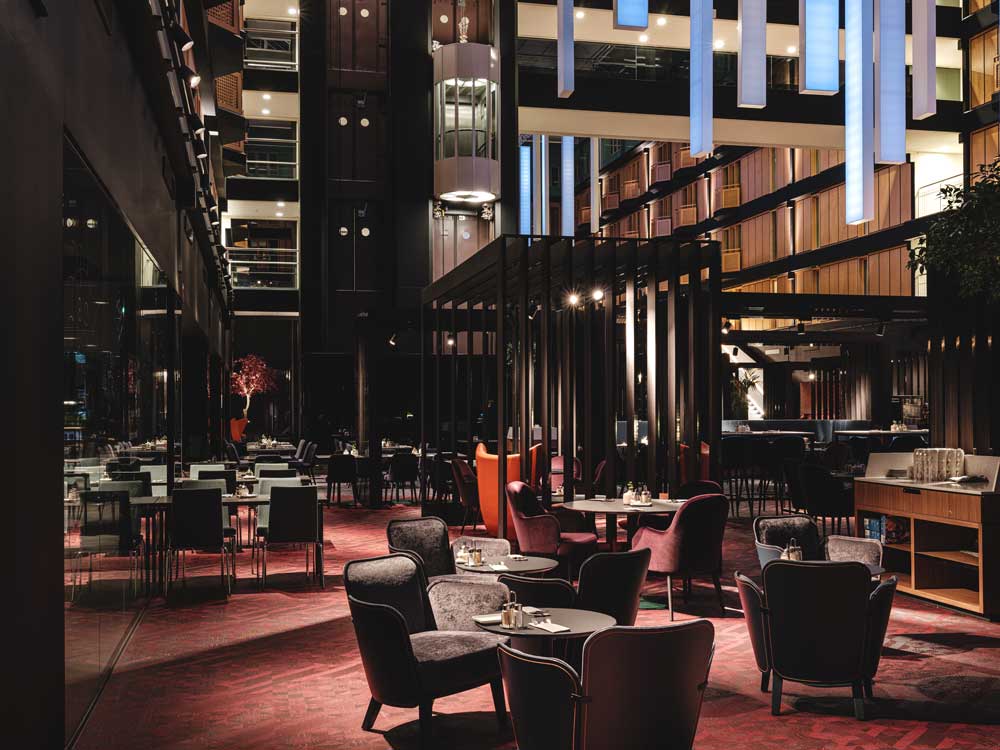
One project that you did with Lluria was the exhibition Edvard Munch: Landscapes of the Soul, which was developed along with the Snøhetta architecture team. What can you tell us about that?
The design of the Snøhetta exhibition arranged the vast space of Ithra’s Great Hall into wooden pavilions with very slanted roofs reminiscent of Norwegian cabins. Inside, a backlit tension membrane ran up to a lit oculus. Munch’s paintings could be admired in a space with a very human scale and a diffused and even light, completely free of glare. This was the ideal backdrop for Munch’s introspective and emotionally unstable paintings. In Lluria we found a great ally for the supply of the high CRI LED strips mounted on profiles with countless different sizes, enabling us to adapt to the geometry of the cabins. A meticulous zone-by-zone control system allowed us to adjust the light to the conservation requirements of the different works.
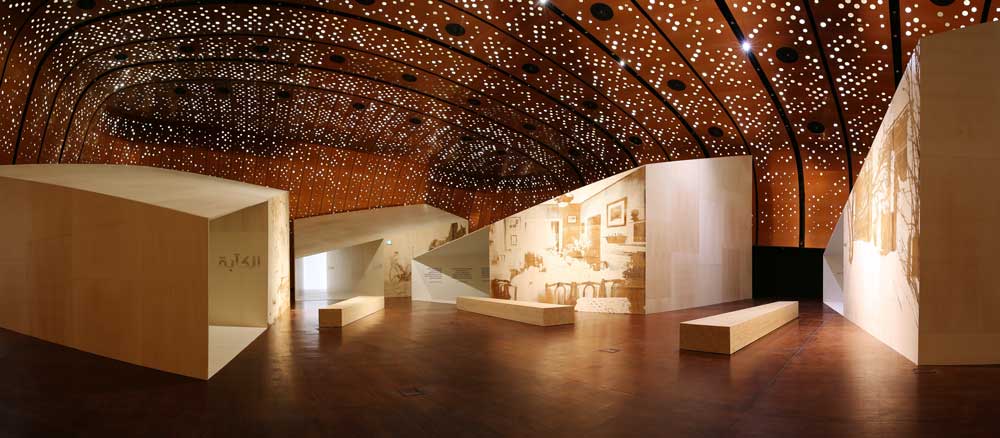
Finally, as a lighting designer, what do you think are the major challenges for your profession today?
I think we must continue to promote a more prominent light culture in society and keep pushing for the professionalisation of the lighting designer as a figure.




